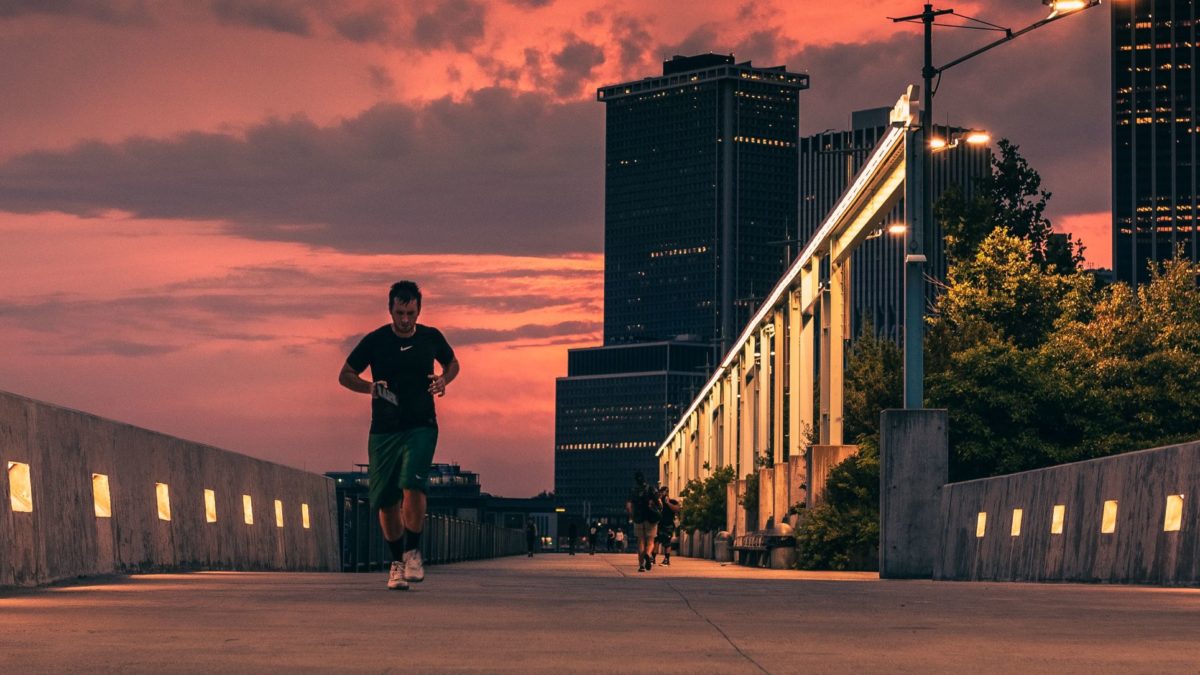Winter means that many athletes are dealing with shorter days.. Not a happy day for runners, as the short days means that it becomes impossible for many to trot through the woods on picturesque single trails in daylight after work.
Tips and tricks for running at night
For many runners it is time to take the hard, flat and illuminated paths. Asphalt, awareness and bright light offer the best protection against fall injuries in the dark. The preference for flat tarmac tracks has other advantages as well: Running at a brisk pace with a straight, active style not only improves form, but also has a protective effect on joints. The higher muscle tension alone represents a natural protective factor.
See…
If you can’t find a suitable, illuminated running route – which is often the case, especially in rural areas – you’ll just have to bring the light with you. Modern LED headlamps are very bright and require little power. Basically, the longer the use and the greater the need for light, the greater the design of the power source.
In running, therefore, a compromise is required between weight, battery life and luminosity. In the small models, the batteries or battery packs are located directly by the LED lights at the front of the forehead in a small housing, which works well in jogging use.
The unit of measurement for light intensity is lumens. The higher the lumen number, the brighter the lamp. For running in the city, where it is primarily a matter of being seen, around 100 lumens are sufficient. When running completely in the dark, 200 lumens is a good guideline. It is ideal if the light can be varied and the individual levels can be used for a wide range of applications. With higher lumens than 200, an additional battery pack soon comes into play.
Headlamps for runners should fit snugly on the head and be as imperceptible as possible. To this end, they must be lightweight and compact on the one hand, but also have an elastic, wide and easily adjustable headband so that the lamp neither wobbles nor slips. You should definitely try on the lamp in the store. A good headlamp starts at around 50.
…and be seen
In the dark, your own visibility is also important. Reflective clothing that is as conspicuous as possible (signal colors!) increases it enormously. Glow-in-the-dark vests worn over sportswear provide additional safety. Small, lightweight lights that can be attached to clothing (front and back!) with a clip or Velcro fastener have also proven their worth.
And if nasty circumstances don’t allow you to run outside in the dark at all – then stay flexible and relaxed! It is not a sign of weakness to stay at home or to do an alternative training when the weather is particularly bad. As little as the best time has come with only a few days of training, it is not lost after a few days break!
Text from FITforLIFE– This blog post was provided to us by the Swiss magazine FIT for LIFE. If you want to read regularly informative knowledge articles in the field of running and endurance sports, click here.

